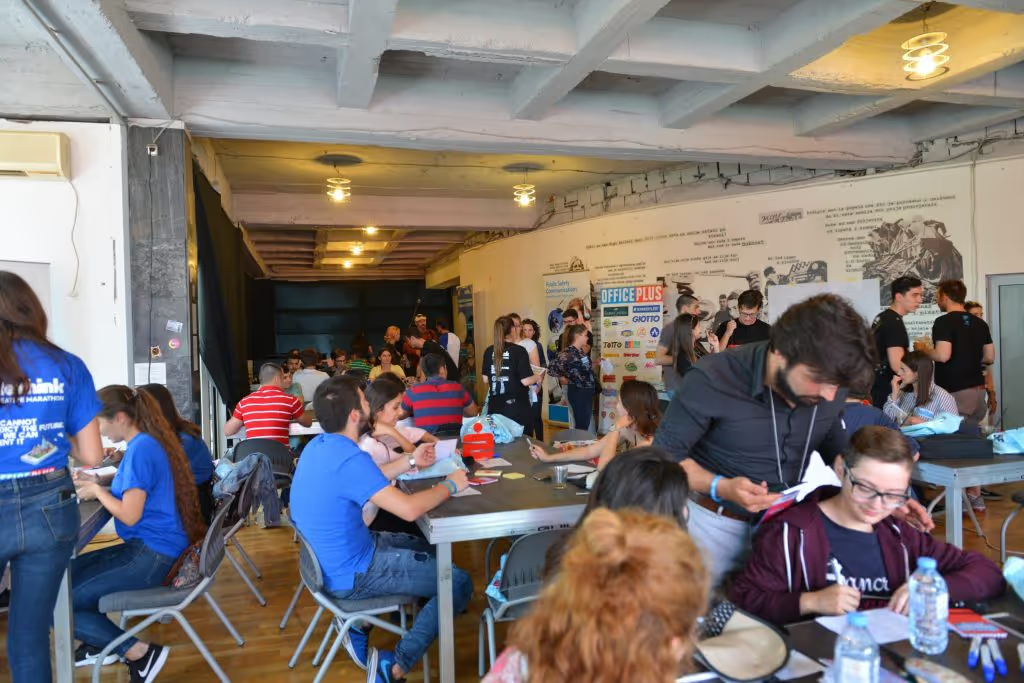In the past, businesses were relying on their in-house research and development departments in order to create new products and services or to improve their existing offer. Smaller companies were using the help of employees that had experience in this field.
Today, things are changing, and serious businesses know that they cannot create successful products and services without outside help. They need an opinion and help from customers and experts that can help them develop attractive products/services.
There are many reasons for this change. For example, modern consumers are far more informed than consumers 30 or 40 years ago. Then there is the Internet, as a tool that helps both businesses and consumers. To follow this trend and focus on proper development, you need to use modern concepts like co-creation for example.

What is co-creation really about?
Co-creation represents a practice, an activity and a broad concept which encourages businesses to develop products or services with the help of collaboration between businesses and consumers, managers and employees, or developers and stakeholders.
This means that product development is no longer an exclusive process which involves just in-house employees that are using their expertise and experience to come up with new solutions.
The power of co-creation is in its versatility - it includes different participants in the business process helping businesses come up with solutions that provide value to end users.
Using co-creation in the best way
The creativity of your consumers, the expertise of your employees and the suggestions provided by third parties can contribute to this process. Co-creation doesn't include the recruitment of individuals for research in a traditional way. The people that will help your business in the process of product development are not your typical users. It would be perfect if these individuals have some marketing and/or design knowledge.
It's impossible to witness the benefits of co-creation of products & services if you don't keep your mind open. Let the co-creators unleash their creativity and don't try to prevent any ideas that may come up in the process.
Of course, this process will include financial rewards, but remember that in many cases, it's not just the money that drives this process. Individuals want to share ideas and improve other people's work when they get praise, recognition for their ideas and understand the difference that they are making in the world.

How co-creation of products works
Now imagine a scenario in which you are managing a co-creation session. There's a person that shares an idea that looks great. And you are eager to say - that's exactly what we were looking for! Well, that's not how co-creation works.
Make sure that you praise the co-creator, but the co-creation session ends when all the participants have shared their views. At the end of these sessions, it's your job to analyze and synthesize all these ideas. Next, you create a concept that can help you. Obviously, you can also hire agencies that provide co-creation services too.
This process includes two phases. First of all, you will get submissions of contributions by outside participants to the business. The next stage is the selection procedure. Get prepared to get many interesting submissions and ideas, but don't forget that you can't use them all. Focus on the ones that look the most promising and attractive.
Value of co-creation of products & services
The value of co-creation is reflected in a few ways. For instance, by using co-creation in a proper way, you can witness financial benefits. Trying to redefine products or develop new ones with the help of others can help you design and create attractive products that will make many people notice your business.
Next, there is a social value of this concept too. Modern consumers like to think that their voice is heard. They want to know that their needs and desires are taken into account when businesses are making products or services. This is possible thanks to co-creation because they are turned from passive consumers into active users that can evaluate products.

Types of co-creation
As previously mentioned, co-creation is a broad term and that's why we can identify different types of co-creation based on their specific characteristics. One of these types of co-creation that are used quite often is crowdsourcing. Using this tool can help you gather knowledgeable people. Accordingly you can expect at least one of them to share a unique idea that could overcome any challenge. This makes sense because the more people work on a problem, the more likely it is that this problem will be resolved.
In addition to crowdsourcing, there are types of co-creation like clubs of experts. Here, experts in a specific industry work together or more informal types of co-creation like a community of like-minded people with similar interests and objectives.
So far, successful co-creation projects were able to support new ways of thinking and open-mindedness, and encourage innovation. All these things are crucial for the of any modern user-centered company and make co-creation the future of business.







.svg)